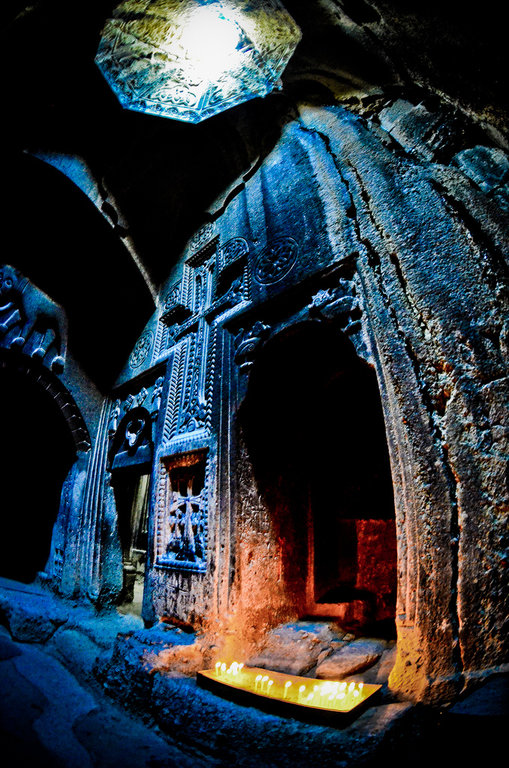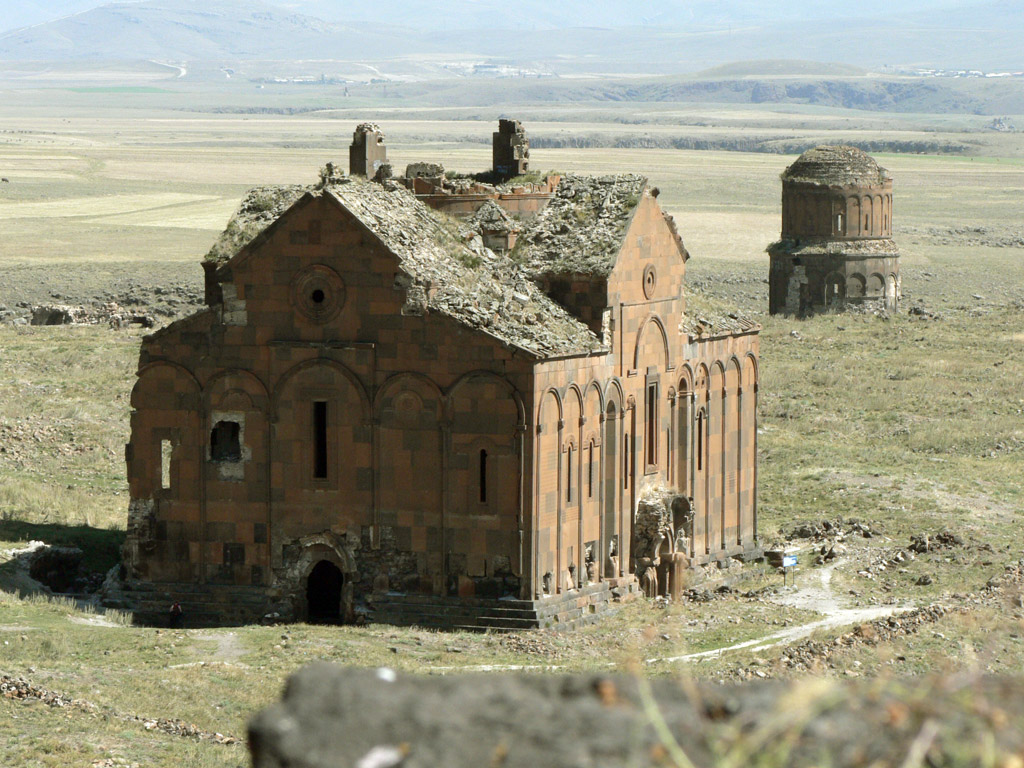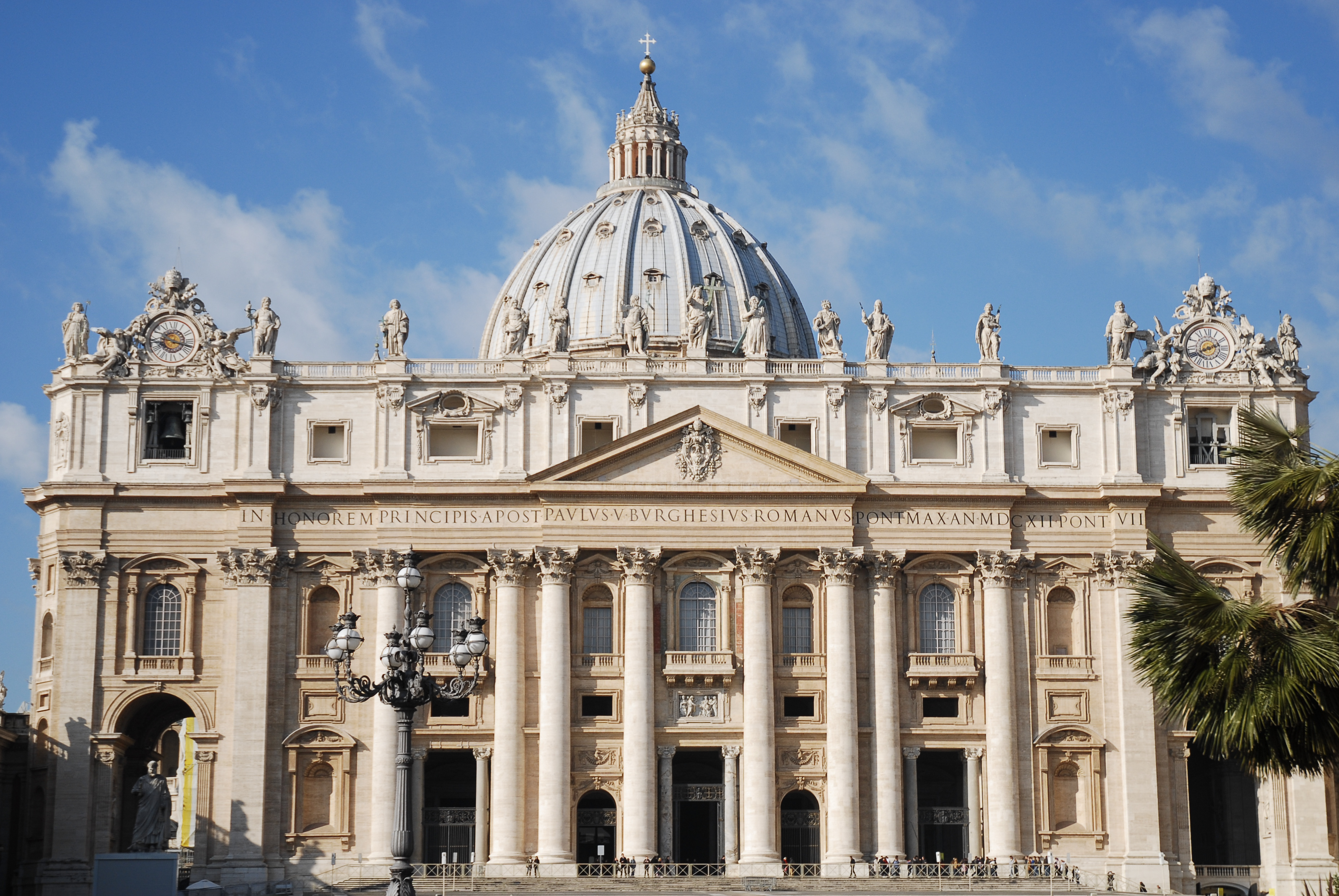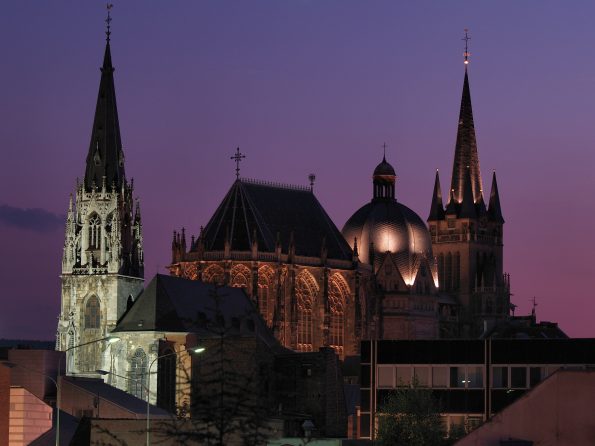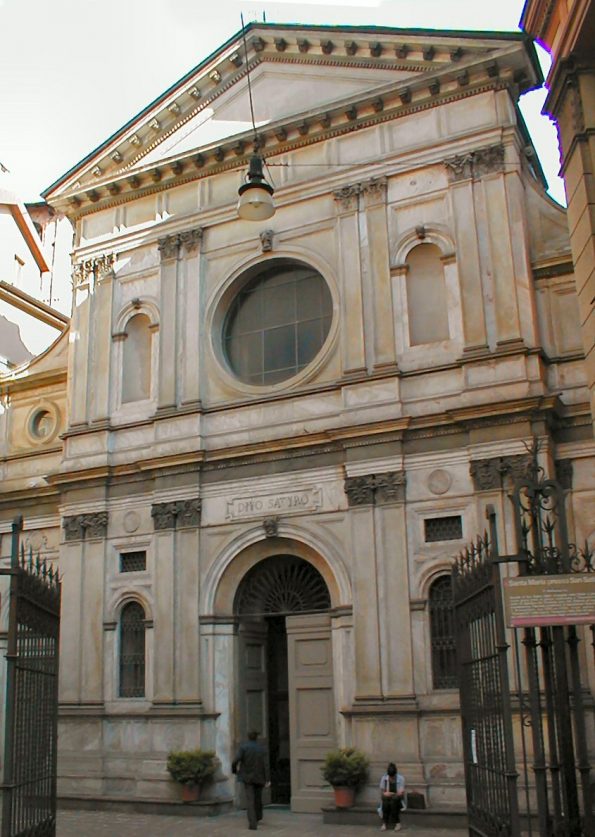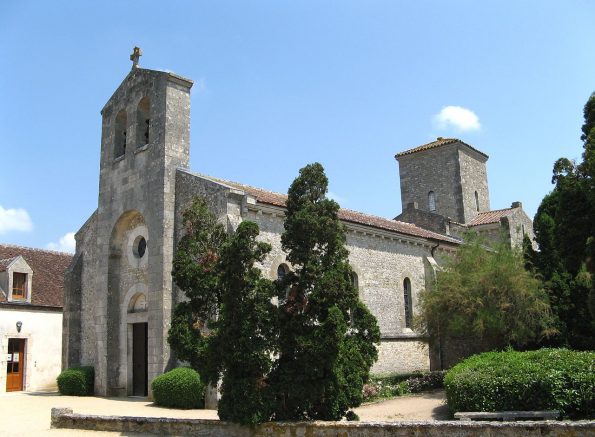Christian architecture in Armenia is a form of architecture very unique to the nation. It’s original, unlike some of the surviving monuments of the pre-Christian era, which had Assyrio-Babylonian, Hellenic or Roman influences.
Some historians of art believe that Christian Armenian architecture was the prototype of modern Gothic Architecture that flourished in Europe during the high and late medieval period.
The cathedrals of Ani
According to Charles Texier (French historian, architect, and archaeologist) and Josef Strzygowski (Polish-Austrian art historian), after lengthy research and study of cathedrals in the medieval city of Ani, the capital of the medieval kingdom of Armenia concluded to have discovered the oldest Gothic arch.
According to these historians, the architecture of the Saint Hripsime Church near the Armenian religious seat Etchmiazin was built in the fourth century A.D. and was repaired in 618 which was erected in Romanesque style.
The cathedral of Ani was built in 980-I012 A.D. in Gothic style, from which they conclude that the Gothic architecture style was carried to Marseille, France and to different parts of Europe.
An authority on Byzantine Art, like Charles Diehl, whose ideas do not fully coincide with that of Strzygowski, agrees on the influence of Armenian architecture on Byzantine architecture and furthermore, he asserts that the origin of the Byzantine-Romanesque style, must have been sought for in Armenia.
European cathedrals with Armenian Gothic architecture
According to further assertions by Strzygowski, the cathedral of Aachen in Germany, the Cathedral of Germigny-des-Prés, near Orleans, France, built in 8o6 A.D., the Santa Maria presso San Satiro in Milan, Italy and St. Peter’s Cathedral in Rome, are not of Byzantine architecture, but built according to Armenian architecture. Strzygowski again traced Armenian architectural influence in Crete, Greece, Dalmatia and in various other coastal parts of Italy.
Austin H. Layard, eminent English authority, also contends that the origin of Gothic style depicted in Armenia, from whence it has spread to Europe by the Crusaders and Arabs.
Gothic & Saracenic or Moorish architecture
The 19th century English geologist William John Hamilton, who had traveled widely and carried on extensive research in Asia Minor, Pontus, as well as in all parts of Armenia, takes it a step further. According to Hamilton, not only the origin of Gothic architecture can be traced back to Armenia, but also the Saracenic or Moorish architecture.
Henry Finnis Blosse Lynch, who wrote a two-volume book on Armenia, which was published in 1901, dealing with the architecture of the Cathedral of Aghtamar in Lake Van, states that here may be a connecting link between the ancient Assyrio-Babylonian influence on one hand and the Byzantine and Moorish influence on the other hand.
Lynch was of the opinion that the cathedral of St. Saba in Georgia, serves as a wonderful example of Armenian style. It was built in 1334 D. by an Armenian architect, Atabeg Sarkis.
Sources:
Highlights of Armenian History And Its Civilization, H.B. Boghosian, Ph.D, 1957.
Charles Die Manuel D’Art Byzantine, Vol. I, p. 478 Paris, 1925.
Der Dom Zer Achen und Seine Enstelling, Vienna, 1904.
J. Strzygowski-Die Baukunst der Armenier und Europa, p. 745, Vienna, 1918.
A. Choisy – Histoire de L’Architecture, Vol. II, p. 84 Paris 1899.
Austin H. Layard-Discoveries Among the Ruins of Nineveh and Babylon, N. Y., G. P. Putnam & Co., pp. 20, 35-36, I 99-414, 549.
W. J. Hamilton- Researches in Asia Minor, Pontus and Armenia, pp. 200-201.
F. Lynch, Armenia, Travels and Studies, Vo II, pp. 34 32.
F. Lynch, Armenia, Travels and Studies, Vol. I, pp. 63, 72-373, 390-391.

